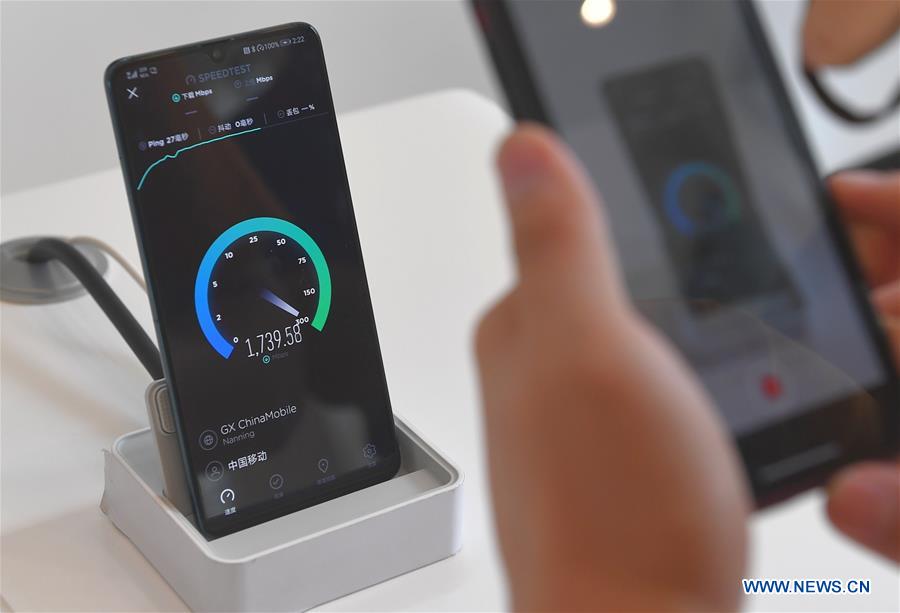I once saw a NHK program showcasing 2 team competing on difficult technological challenge and the show I see happened how to steer bicycle without human interference. None of the team can achieve straight run more than 3 minutes
Well the Chinese team achieve this feat and some more it can avoid hindrance and respond to human commands
Amazing via Broadsword
Researchers build hybrid chip able to run autonomous bicycle
A team made up of members from a host of institutions in China, one in Singapore and one in the U.S., has built a hybrid chip that can control an autonomous bicycle. In their paper published in the journal Nature, the group describes the effort that led to the chip and how well it worked when tested.
In modern computer science, there are two basic types of ongoing research—one involves the traditional binary approach—the other involves trying to get machines to behave like the human brain. In most cases, the two approaches do not really go together because of communication difficulties between the two systems. But that may change as the team working in China has found a way to create not just a way for two such systems to communicate seamlessly, but to do it on an actual chip—one that works as demonstrated by its ability to control an autonomous bicycle. They call the new chip Tianjic and it has what they describe as an FCore architecture. Tianjic has 156 FCores, all speaking to one another in binary. Together the FCores were able to carry out processing using 40,000 compute units.
Because the chip allows easy communication between its networks, it is able to use the advantages of both types of them—a necessity for keeping a bicycle balanced while moving along a course. But the chip was able to do more than that—it also was able to carry out obstacle avoidance and could respond to oral commands.
Intriguingly, the networks running on the chip were vastly different—one was based on calculating things like distance and speed. Another was based on spiking communications, a model based on the way neurons in the brain communicate information and use it to process and respond to real-world conditions. And object detection was carried out by yet another network—a convolutional neural network that was similar to those in use in some commercial applications.
In summing up their accomplishments, the researchers added another interesting note: they suggest that the creation of their new AI chip is likely to stimulate Artificial General Intelligence (AGI) development. AGI is a term used to describe artificial intelligence that is on a par with human

